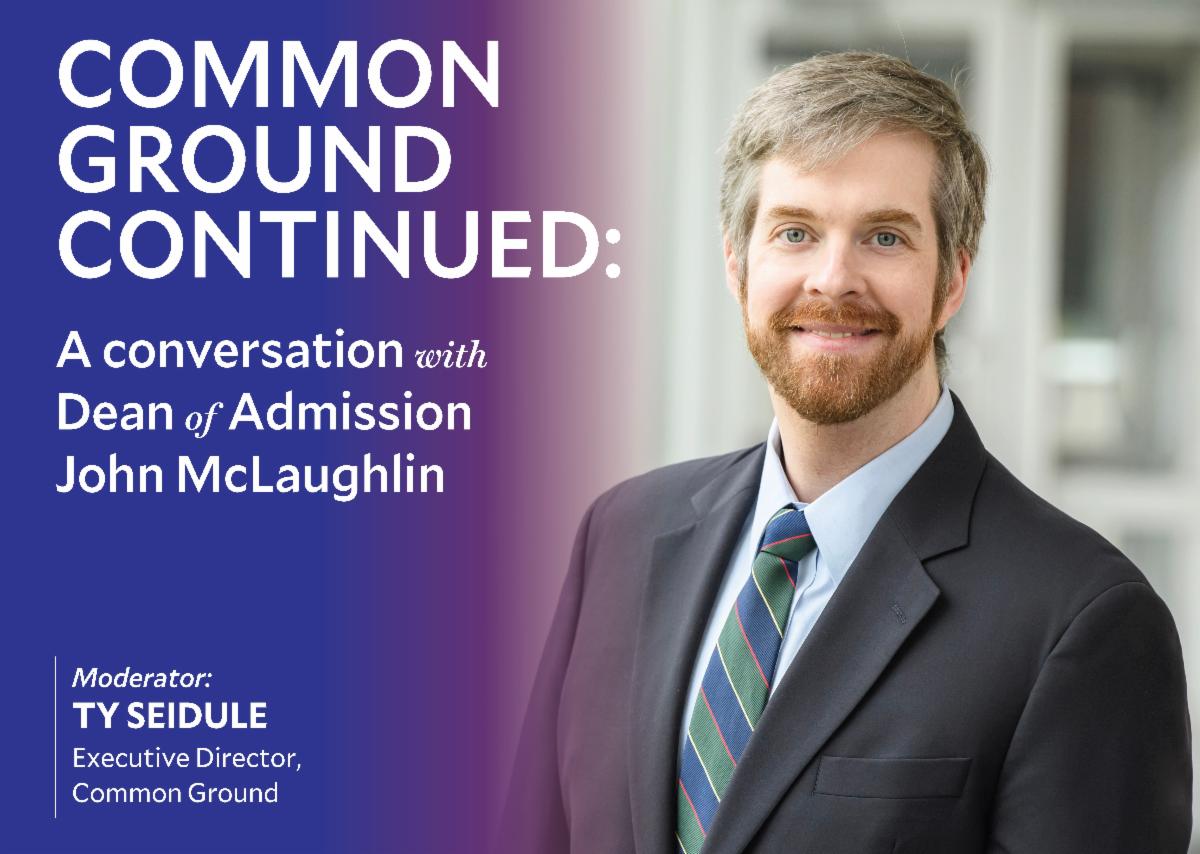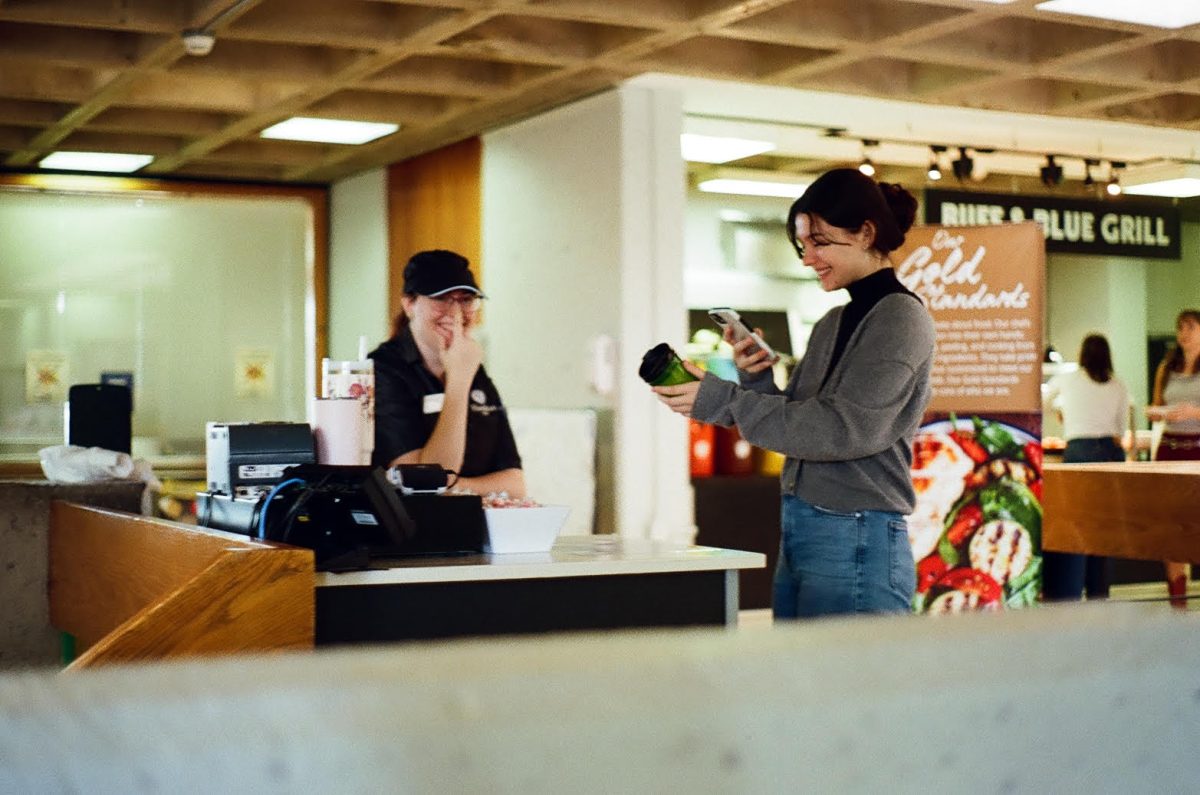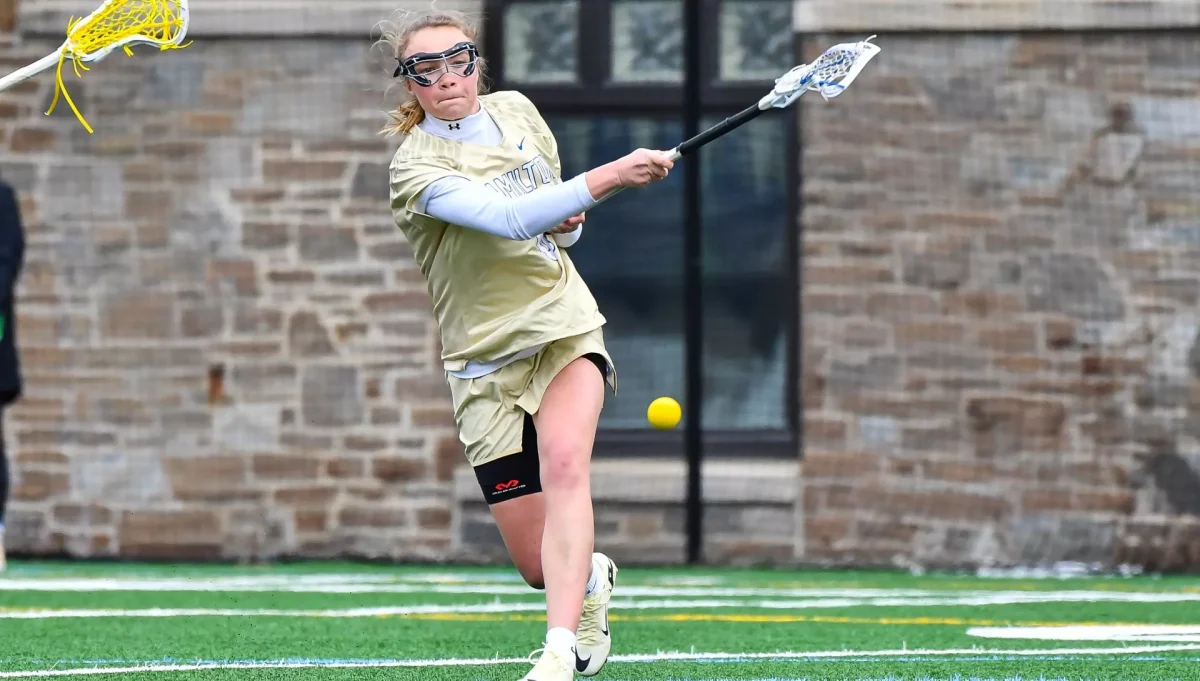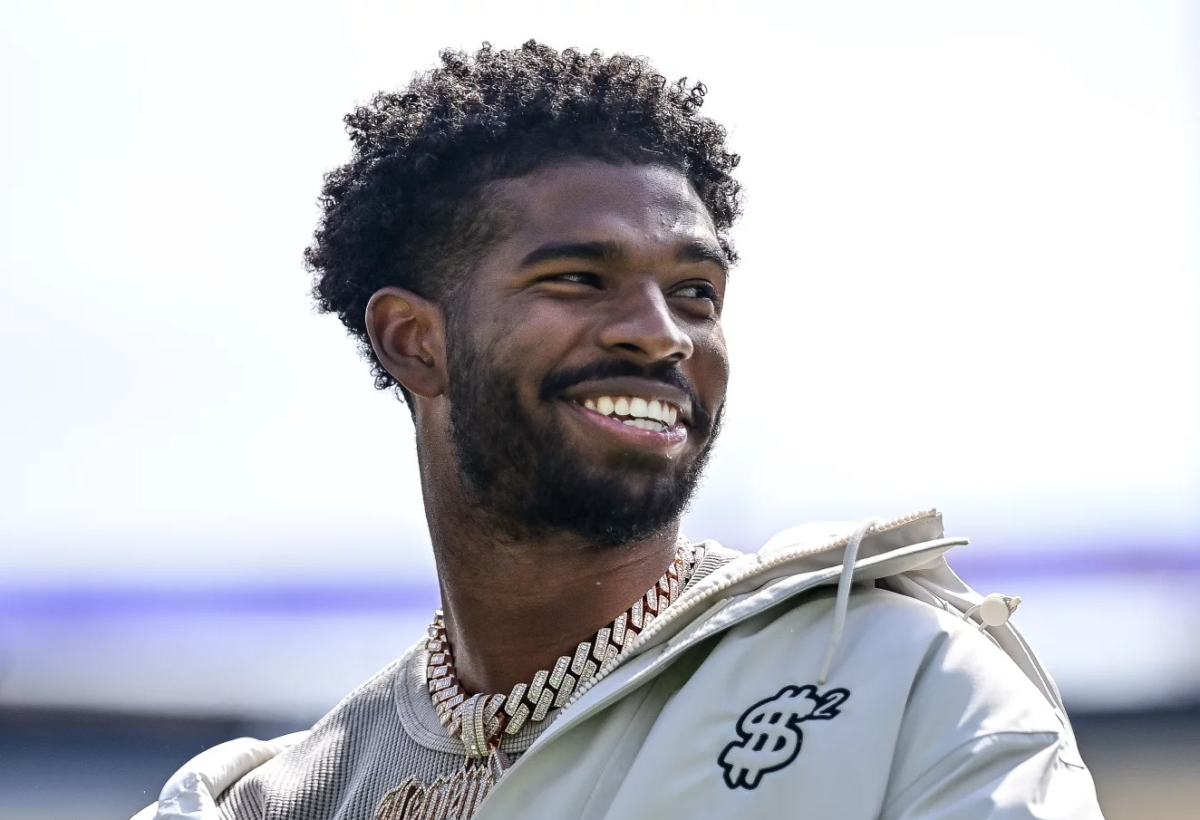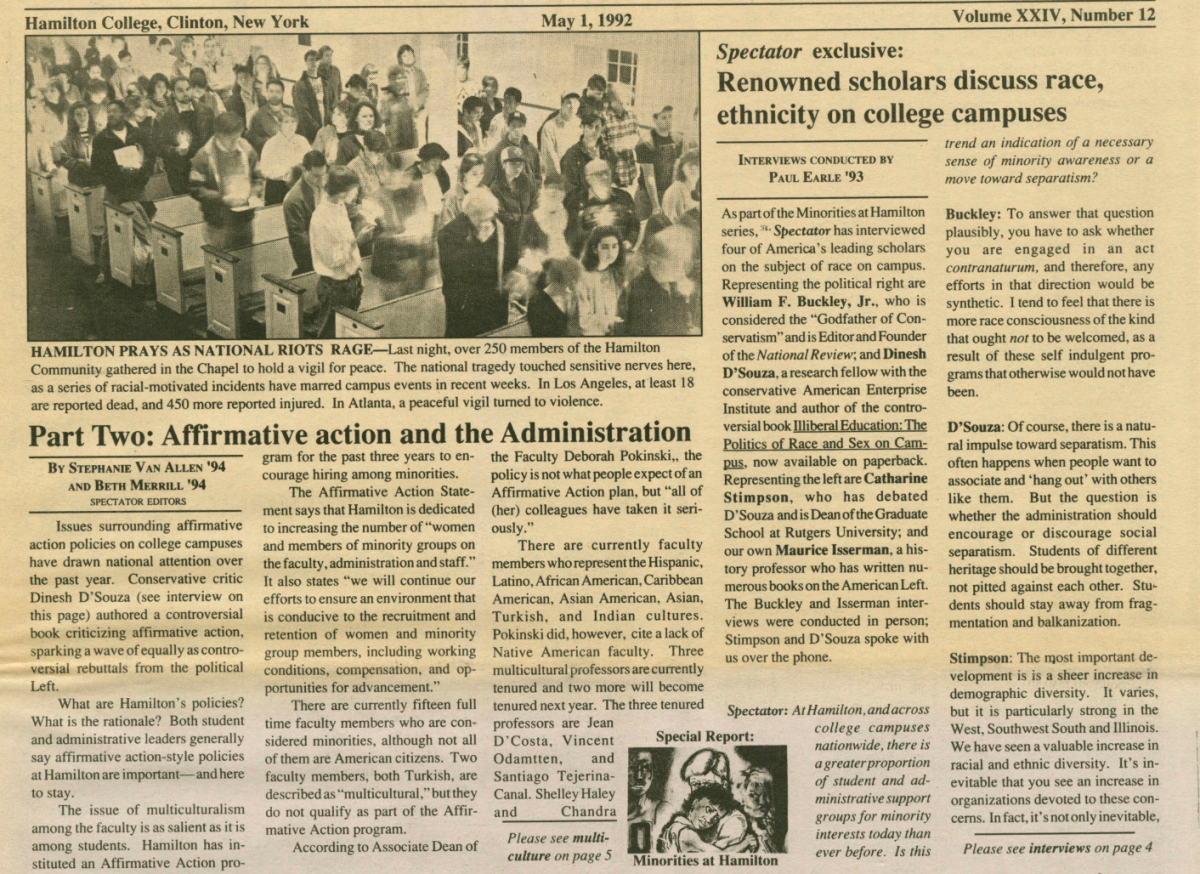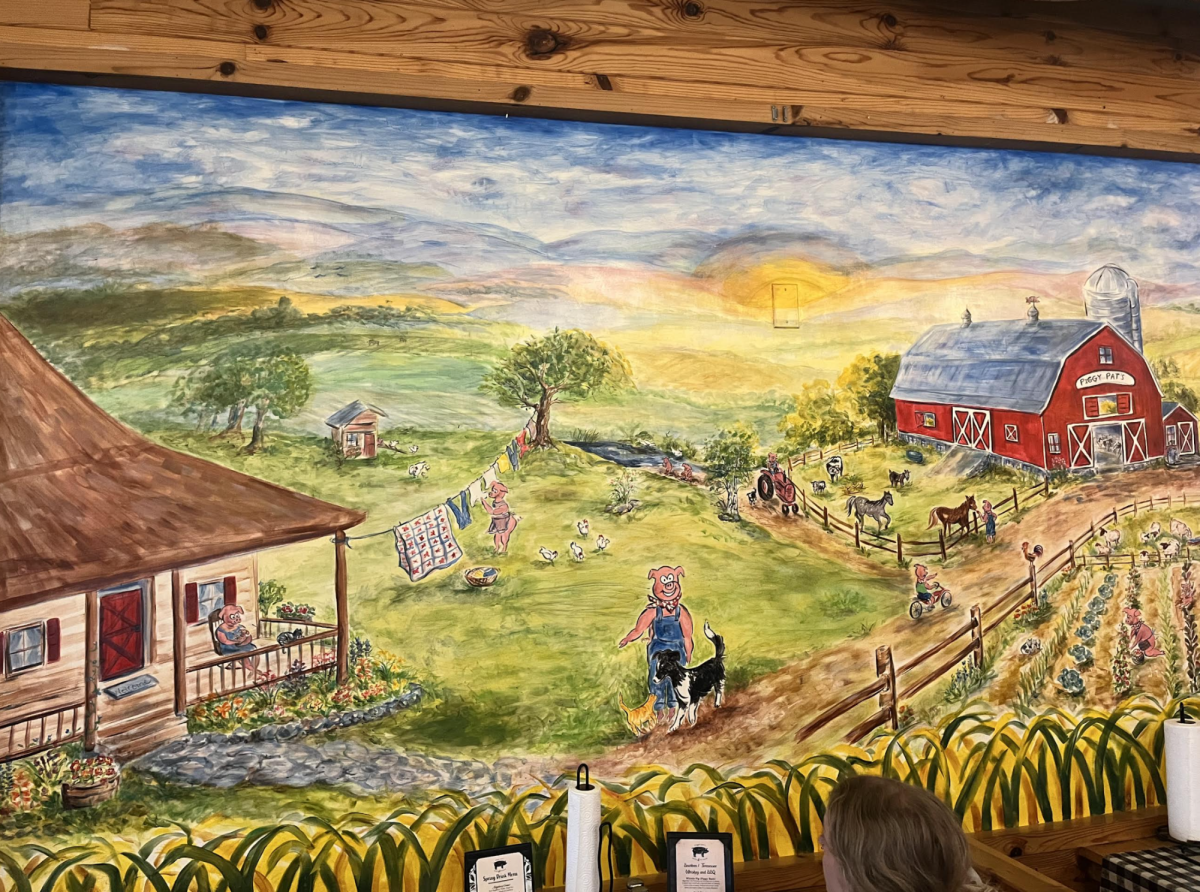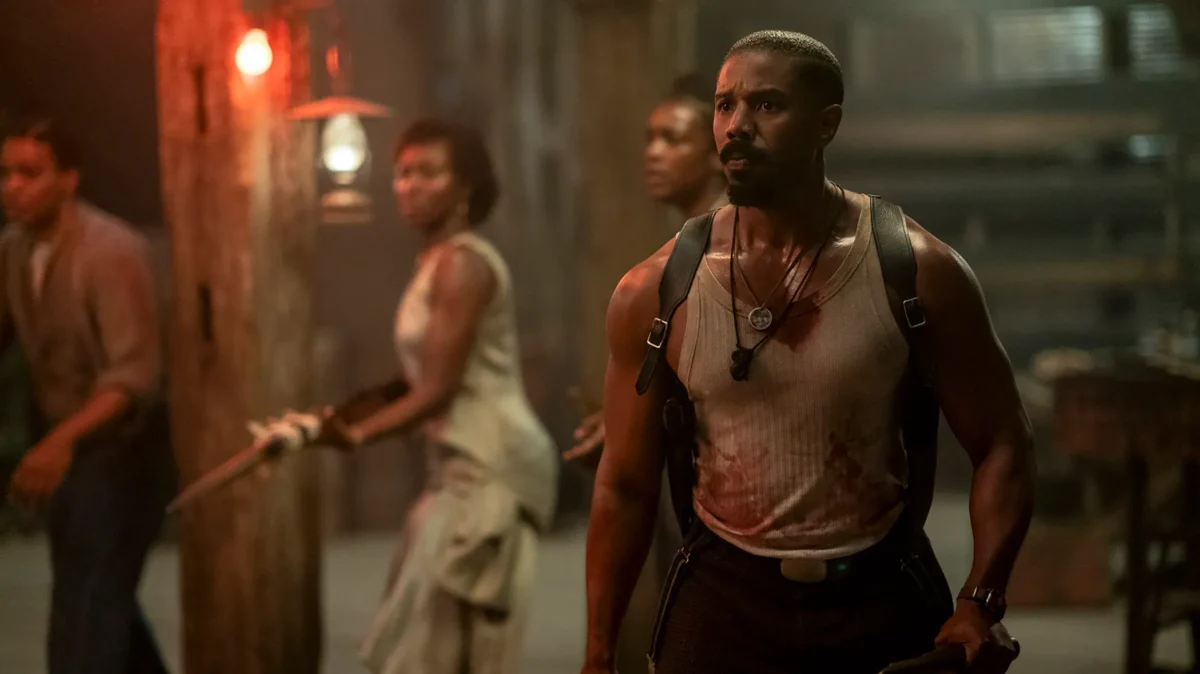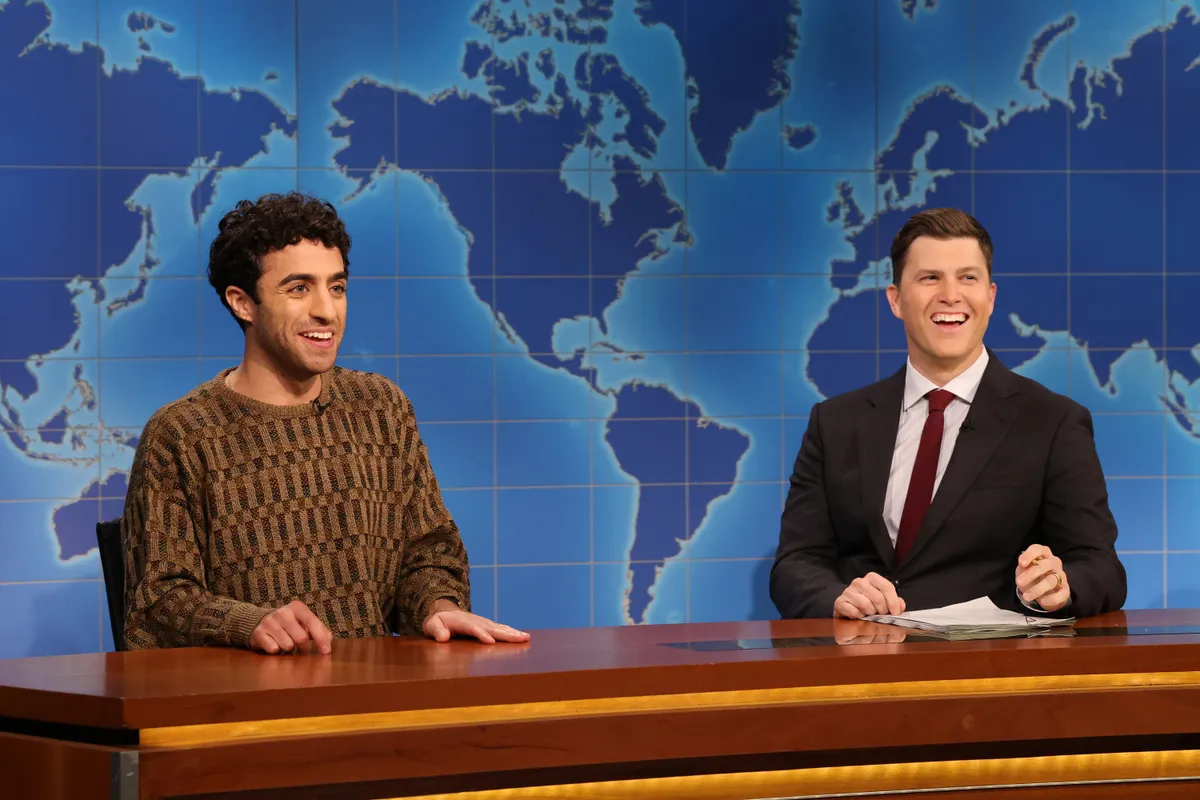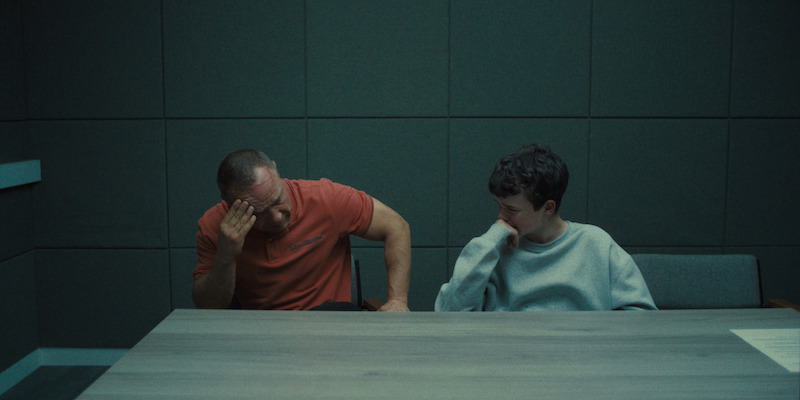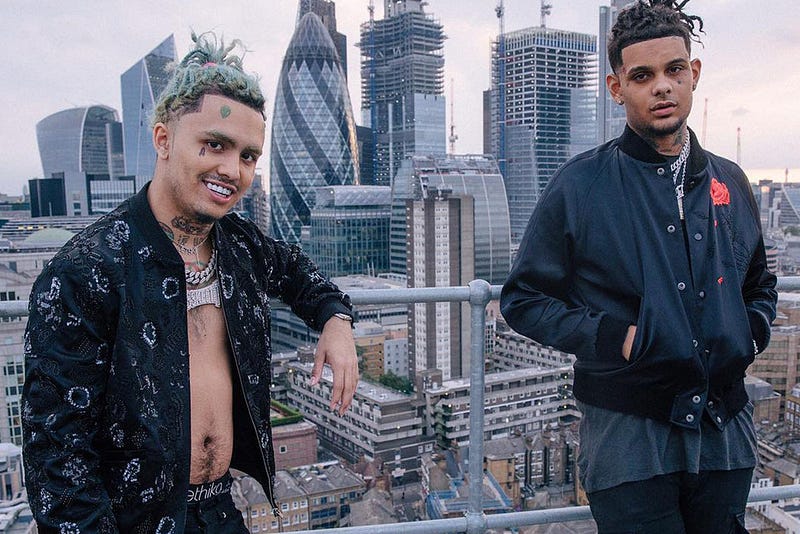
“Certified cardboard” or “triple plastic” are just a couple of the designations thrown upon musical artists who underperform. This can be determined in terms of album sales, especially after an illustrious amount of hype leading up to a release. First-week album sales are usually interpreted as the indicator of success, as it is scrutinized by social media stalwarts like DJ Akademiks and the extraordinarily popular Instagram account @rap. Context is critical to understanding why acclaimed acts sometimes do not meet prior quantitative expectations, such as Drake selling slightly over 200,000 copies of 2022’s
Honestly, Nevermind
, an album that was rapidly rolled out and met with initially rancid reviews. Many deemed this effort a “flop,” but it still topped the Billboard Top 200 and eventually grew on many publications who listed it as one of the best albums of the year. Drake may have not met his typical selling standards, but by no means was it a failure when considering the haste and seemingly haphazard deployment of the album. People are quick to pronounce shortcomings before praise, so what is a real flop and how does it happen?
Drake has the luxury of being his own boss at this point of his career. His massive $500 million record deal with Warner Music Group in coalition with his own label, October’s Very Own, omits him from the pressure of requiring true advertising because the man is his own billboard. Many developing artists do not have the resources to showcase their work on full display for the world to see, leaving many feeling cornered into signing unfavorable deals with predatory labels who aim to leverage whatever traction an independent artist may have. This has occurred most frequently and recently on TikTok over the past few years. Acts who blow up on TikTok face potentially being stuck with the label of an “industry plant,” or an artist who is superficially, and excessively promoted by their employer to create a facade of enduring popularity. One of the earliest examples of this was SAINt JHN’s “Roses,” a song released in 2016 but did not achieve virality until its numerous remixes that infiltrated streaming services and forcibly seeped into the ears of all who were online at the time. The over reliance of one track’s success can restrict an artist from embarking on new creative journeys at the risk of not fully taking advantage of their moment in the spotlight. Lil Nas X almost faced a similar fate with “Old Town Road,” and its endless new versions featuring the likes of Billy Ray Cyrus, Young Thug and Mason Ramsey, among others. Ironically, the Cyrus edition became more prosperous than the original, but the subject matter and stylization of the song made Lil Nas seem like a novelty or meme-rapper. Instead, Lil Nas managed to use his newfound clout to continuously exhibit his ability to write earworms, as he made sure to closely entangle his releases with the ongoing success of “Old Town Road.”
The notion of a gimmick musical act was extremely prevalent during the mid-2010s that were dominated by the SoundCloud DIY era. Artists like Ski Mask the Slump God and the late XXXTentacion escaped this niche bubble, but rambunctious characters like Lil Pump and Smokepurrp were not so lucky. In 2022, Smokepurrp was captured performing to a nearly empty crowd after becoming one of the mainstays of juggernaut music festivals like Rolling Loud early in his career. Lil Pump’s first two studio albums cracked the Billboard Chart’s top 10, but his following two did not even rank within the full 200 spots. Calling these two “characters” is generous because they were more like caricatures. There was no potential for them to achieve longevity due to the fact that their entire discography was based off of their real life personas. Once their fans grew up and their foolishness became tiresome, they dissipated. Hits like Lil Pump’s “Gucci Gang” and Smokepurrp’s “Audi” reflected a moment in time of the hip-hop landscape where SoundCloud provided the platform for amateurs to either sonically develop or cash in/out. The duo chose the latter.
Similarly short-winded grabs at fame occur when a smaller artist attracts the attention of a larger one. Drake has also perpetuated this unsustainable management strategy. The Canadian rapper has co-signed the likes of ILoveMakonnen by featuring on his track titled “Tuesday,” or Smiley’s “Over The Top.” By diverting the fan base of someone like Drake, who dwarfs most artists in size, the collaboration provides an unnatural influx of attention that cannot stay consistent due to the appeal of the track for most being the fact that Drake is on it.
It is really easy to point at all of these attempts and say they are flawed in nature without providing a solution. Substance is certainly necessary, and while there is an audience for everything, sometimes it is not large enough for some artists to continuously justify their laborious efforts. The main lesson is to understand the risks of being a creative of any type and to learn from the mistakes of others, particularly the names mentioned above.

